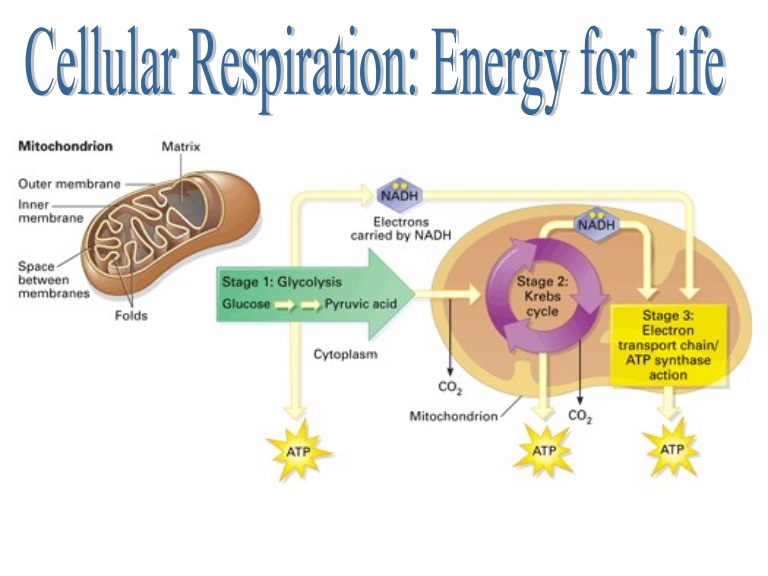

TissueMiner was then used to identify vein cells at late stages of wing development and follow them backward in time to reveal their position at early stages. have now developed a toolkit called TissueMiner that enables users to store large amounts of data about cells and analyze how cells collectively shape an organ. However, the way in which cells behave to bring about these changes has not been studied in detail.Įtournay, Merkel, Popović, Brandl et al. Veins also become narrower, which is assumed to be due to the number of vein cells falling. Early on in development, the vein cells are indistinguishable from their neighbors, but at late stages, vein cells become a different shape. Tools are also needed to visualize and quantify the complex cell behaviors in an easy and flexible manner.ĭuring its development, a fruit fly’s wings become divided into distinct regions separated by tubular supports called veins.

However, to understand how the complex choreography of cells leads to well-shaped organs, researchers need tools to help the store and analyze the large amounts of data generated. Modern microscopy and computer technology can follow each individual cell of an entire organ in a living organism. These analyses reveal an unexpected role for convergent extension in shaping wing veins.Ĭells interact, divide, rearrange and change shape to build an organ during development. We provide tutorials for this computational framework, called TissueMiner, and demonstrate its capabilities by comparing cell and tissue dynamics in vein and inter-vein subregions of the Drosophila pupal wing. We therefore developed a database format that stores cellular connectivity and geometry information of deforming epithelial tissues, and computational tools to interrogate it and perform multi-scale analysis of morphogenesis. Furthermore, recently developed methods for relating tissue shape changes to cell dynamics have not yet been widely applied by biologists because of their technical complexity. However, methods to store and interrogate the large datasets produced by these experiments are not widely available. Segmentation and tracking of cells in long-term time-lapse experiments has emerged as a powerful method to understand how tissue shape changes emerge from the complex choreography of constituent cells.


 0 kommentar(er)
0 kommentar(er)
